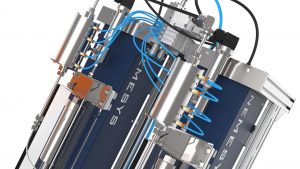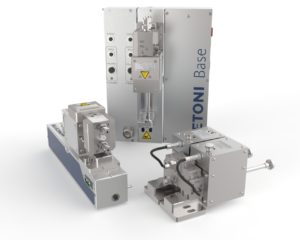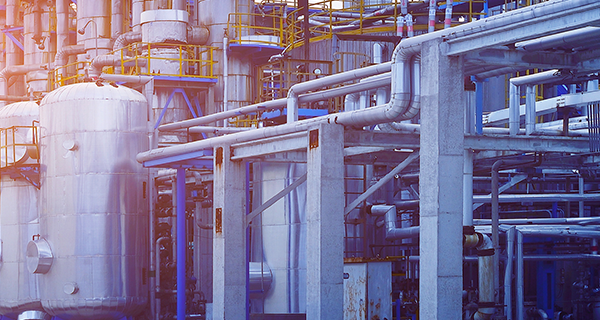Geochemistry – High Pressure Syringe Pumps used in Crude Oil Research
The global demand for oil is increasing from year to year, at the same time we know that oil is a limited, non-renewable resource. Therefore, the search for methods enabling an improved exploitation of existing reservoirs and the related research has started some years ago. After all, the “black gold” is rarely found in underground caverns, but embedded in rocks. The physical and chemical properties of these rocks and the oil contained in them vary from location to location. In order to extract the oil, bore holes are filled with gas or liquids. Chemical (tensides) and physical methods (temperature), and even micro-organisms are employed in this process. The goal is to lower the oil’s viscosity and the surface tension between oil and rock, and doing it in a targeted manner, in order to extract as much oil as possible.
EOR
All of these methods are referred to as tertiary exploration or enhanced oil recovery (EOR). Since this type of research requires a precise simulation of storage and extraction conditions, the use of CETONI high-pressure syringe pumps makes sense. Many companies and institutes all over the world already use CETONI equipment in this field and have achieved and published promising research results.

Once the oil is at the surface, it becomes clear that there are different types of oil. Due to different compositions and rheological properties, products from different reservoirs have to be analyzed and characterized at regular intervals. The crude oil’s composition decides which products and which quantities can be made from a certain quantity of crude (e.g. a barrel). This has an effect on the price that can be achieved with this product and the profitability of the respective bore hole. The rheological properties, meaning the deformation and flow properties of the crude oil, influence the extraction speed and the maximum degree of exploitation for a particular reservoir. This, in turn, is a critical factor in the profitability of oil extraction as well as the availability of this desperately needed resource.
pVT
An important method for both – composition and rheological properties – is the pVT analysis. In this process, a specific amount of the sample at a specific temperature is pushed through a capillary of defined diameter and length. As the liquid passes through the capillary, the pressure loss is measures. If this measurement is taken at various temperatures, one receives a whole grid of the sample’s important physical properties. The accuracy of the measured data is governed by the parameters set during the analysis. High pressure syringe pumps from CETONI are therefore preferably used for such measurements with pVT cells, as they convey precise and pulsation-free volume flows even at pressures of several hundred bar, as well as simply adding functions such as pressure measurement or syringe heaters can be expanded.





